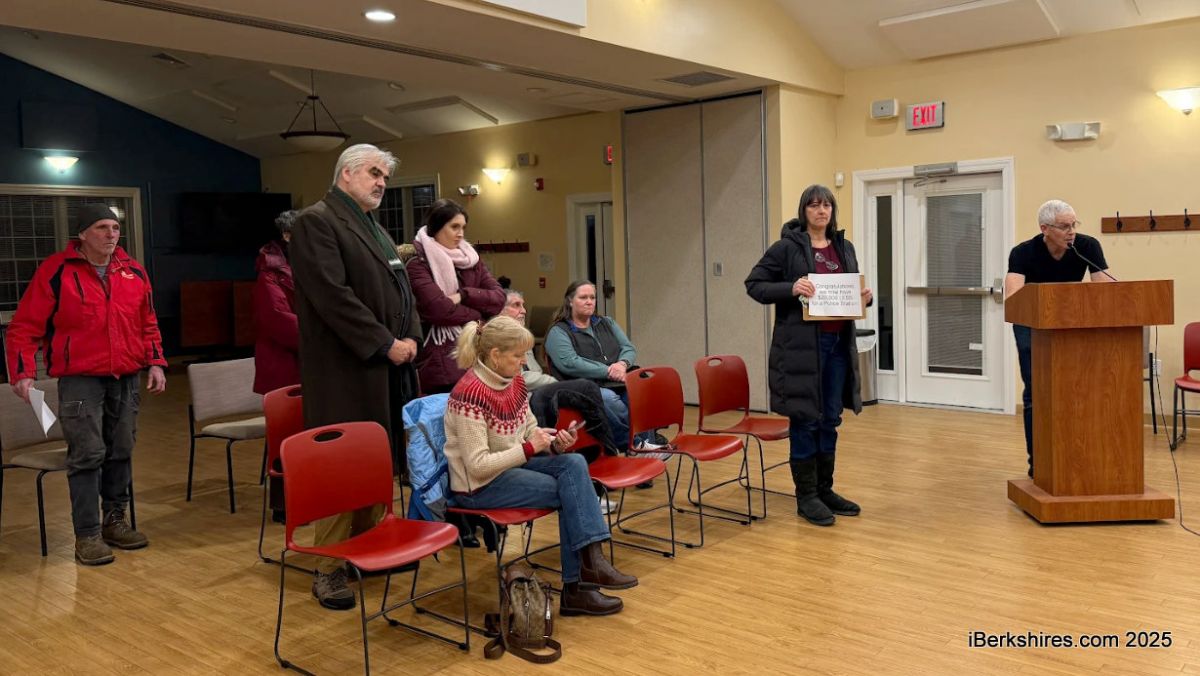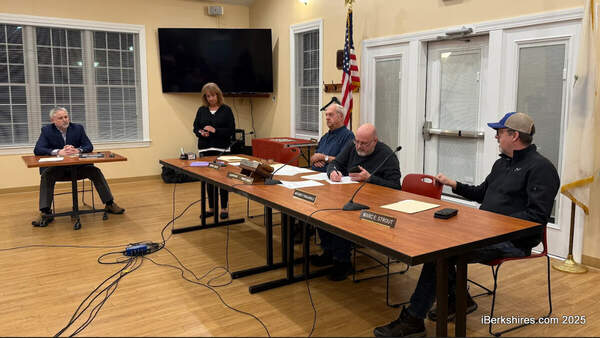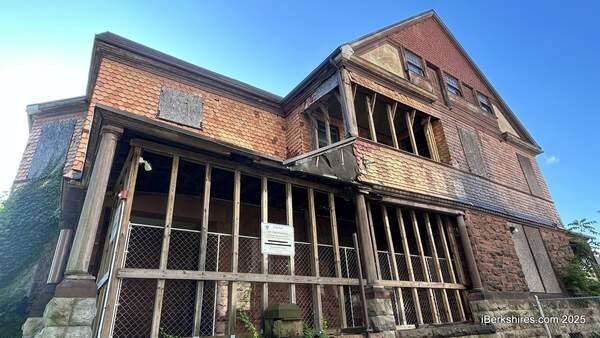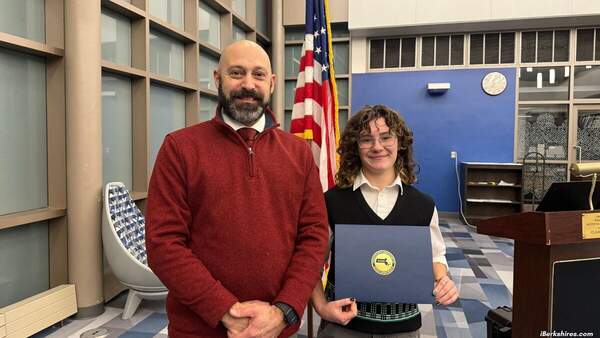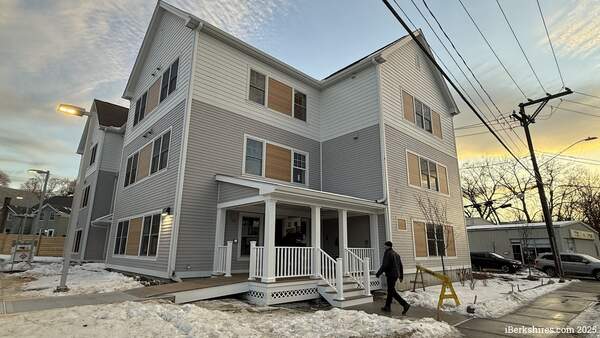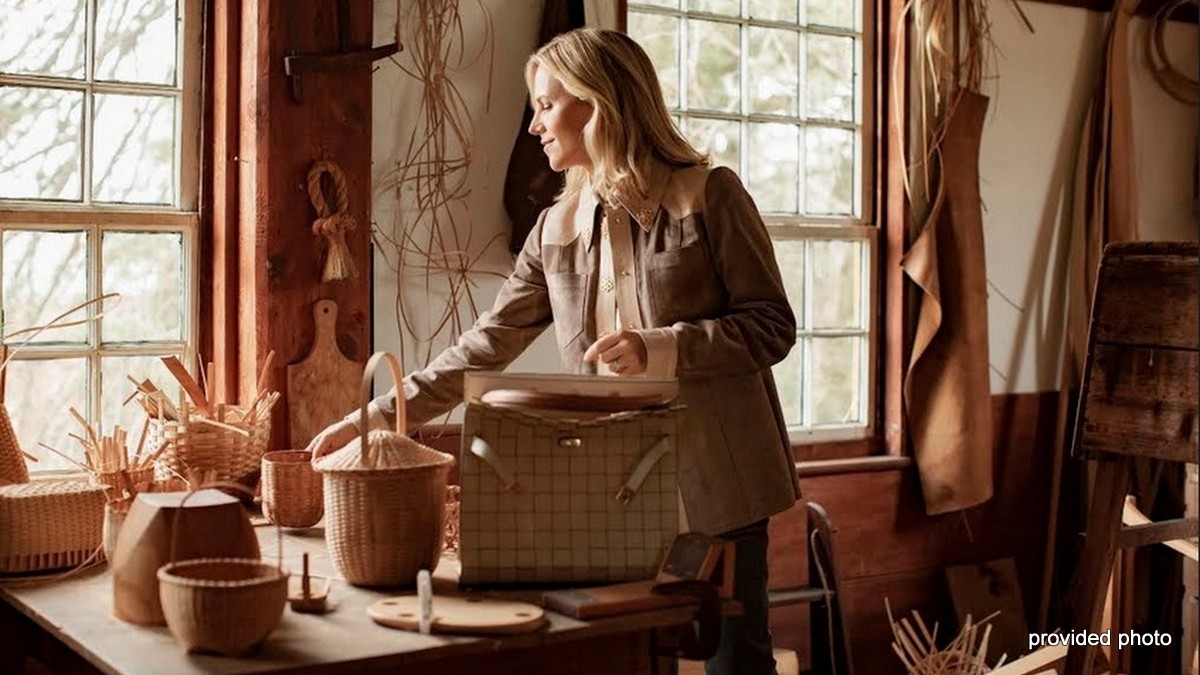
Hancock Shaker Village Debuts Contemporary Art Installations Inspired by Shakers
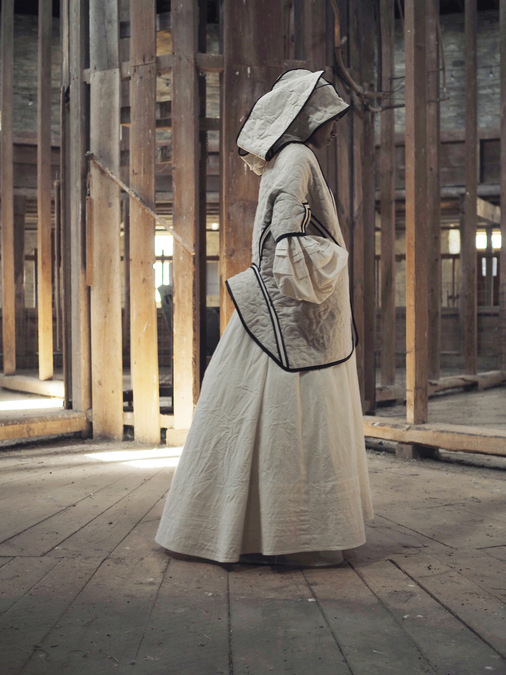
PITTSFIELD, Mass. — Hancock Shaker Village will be featuring four prominent artists in upcoming installations influenced by the Shakers' superior eye for functional design.
Opening on Monday, May 31, is a work by American fashion designer Tory Burch, who launched her brand in 2004 and has since grown to a global business with boutiques all around the world, and artist/designer Gary Graham.
On June 25, textile artist Laura Sansone and sculptor Thomas Barger will debut their installations. These are simultaneous with the previously announced opening of "James Turrell and Nicholas Mosse: Lapsed Quaker Ware."
These exhibits pay homage to the Shaker values of simplicity, proportion, and craftsmanship in the form of worship.
"With the Shakers they valued simplicity, and they valued proportion, and they also had a phrase: 'hands to work and hearts to God,' they believe that work the form of worship, so when you made a chair, you didn't just make a chair, you made it to the best of your ability, because it was a form of worship," Director and CEO Jennifer Trainer Thompson said.
"And so, when you look at a Shaker chair now, it's simple, and it's beautifully proportioned, and it's exquisitely made, and what was left of these values are the physical manifestations in their architecture and in their design."
Burch is said to be inspired by the Shaker's purposeful design philosophy and joyful approach to color. Her exhibit "Beauty Rests on Utility" will be in Room 16 of the Brick Dwelling at the village. The installation will celebrate the Shaker design and color choice with inspired wooden chairs and baskets alongside pieces from Burch's collection.
Her Spring/Summer 2021 collection is reportedly influenced by the Shakers who settled in the Berkshires in 1780 as a value-driven communal society that prioritized gender and racial equality, social reform, sustainability, innovation, and pacifism.
Thompson revealed that Hancock Shaker Village received a call from Burch's team asking if they could host a three-day photo shoot for her designs after one of her relatives visited and found it extremely fitting for her designs.
"I was really impressed by her and also," she added, reflecting on the experience, "she started this foundation because she is very interested in women's empowerment, empowering women to be good business people and to take charge and to be fearless, and that certainly is how Shakers were."
In the corner Room 17 of the 1830 Brick Dwelling, Gary Graham's "Looking Back to Look Forward" uses historical fabrics and textile production to "engage with history as a present lived experience." He collaborated with Thistle Hill Weavers textile studio for this project and spent the winter making a cloak inspired by the iconic red Shaker cloak, which is one of the garments made by the community in the early 1800s.
This display has an accompanying film shot in the Round Stone Barn that reimagines the Shaker cloak coming back to life in Graham's work.
"[Graham] was very intrigued by the fact that in the early 1800s, the Shakers at Hancock in West Pittsfield made pretty much all their own clothes, and they made this cloak that became quite famous," Thompson said.
"And he came this spring, and he filmed a model wearing it and moving in and out and around the Round Stone Barn ... it's unique in that you get 360 degrees of light and ventilation, it's a little bit like a 19th-century cathedral, it's such a beautiful, sacred place so he sort of saw it as a cathedral of light."
In the 1878 Brick Poultry House, Laura Sansone will represent the Shakers' dedication to sustainability in a fiber exhibition that tracks the process of transforming raw wool from Merino sheep on the Shaker farm into knitted garments.
This "ranch-to-runway" approach highlights the movement of slow fashion as opposed to fast fashion and demonstrates the importance of fiber sheds.
"It's sort of like farm to table but it's for clothing. So it's, you know, tracing it from the source the sheep to the finished garment," Thompson said.
"In the 1800s, that's exactly what the Shakers did. They raised their sheep, they sheared their own wool, they spun it, they dyed it, they wove it right here, and they wore it. And so it's sort of illustrating the historical perspective of the Shakers, but also how there is this contemporary trend that's sort of back to our roots and to sustainability."
In the Trustees' Office, Thomas Barger will return to Hancock Shaker Village with an addition to his exhibit of a deconstructed Shaker chair. Barger began working on the new sculpture a year and a half ago in his Brooklyn, N.Y., studio, which uses Shaker components to create two new chairs for the installation.
Thompson noted that the chairs that were reworked were not a part of the village's collection.
"[Barger] is embellishing them and making them eye-popping to sort of illustrate this part of the Shaker story that is not all what we assume," she added. "And if they were making chairs today, what they may look like."
With the addition of these pop-up installations, visitors can have a purely Shaker experience and also see the artists of today who continue to be inspired by them.
"That chair that you're you're drawn to and you don't know why, it's because it's perfectly proportioned, it was made with reverence, it uses the best materials and is made to the best of one's ability," Thompson said. "Artists today are still drawn to the Shakers."
More information can be found here.
Tags: Hancock Shaker Village,

